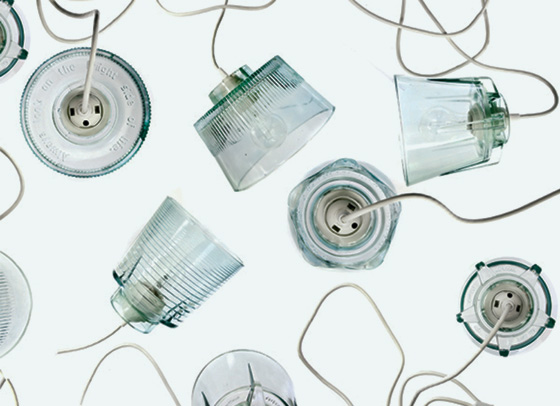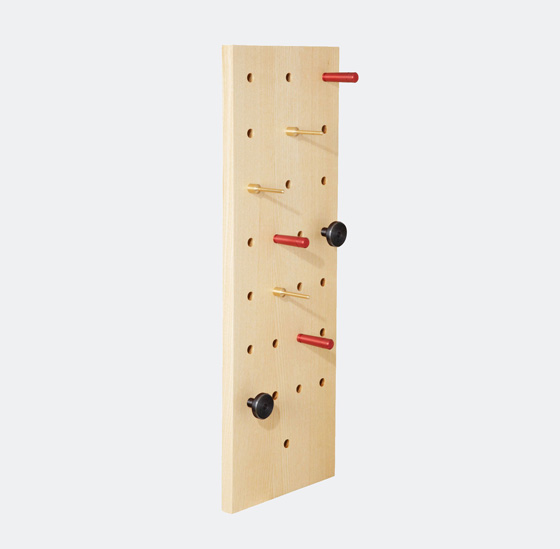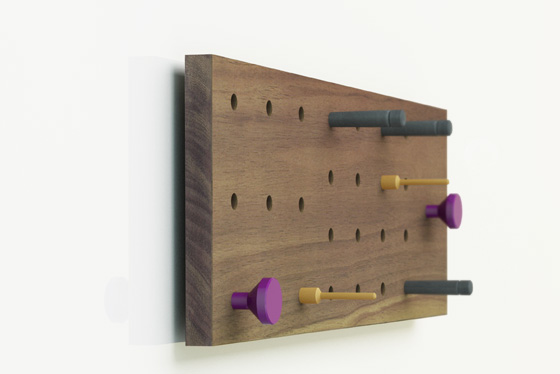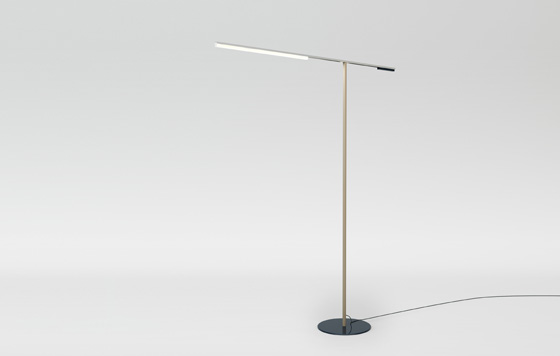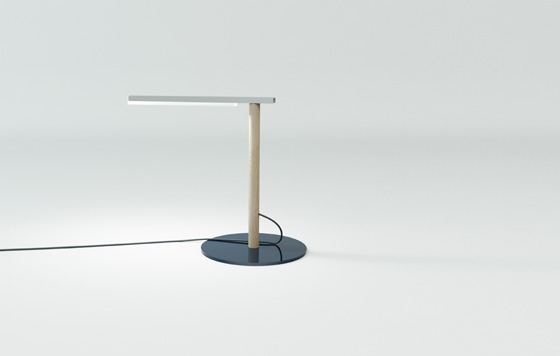Designer Portrait: Rich, Brilliant, Willing
Texte par Susanne Fritz
Suisse
27.06.11
Rich Brilliant Willing – even if the name of the design studio run by Theo Richardson, Charles Brill and Alexander Williams has a slightly ironic touch, it is an accurate characterisation of the trio – they are rich in ideas, their designs are brilliant and they are always willing to create something new and extraordinary.
As furniture design graduates from the Rhode Island School of Design, which together with Cooper Union is regarded as the most prestigious art college in the USA, the three friends initially went their separate ways before later coming to share a studio. The work they had done together in the small, tightly-knit classes at the RSID brought them close together and as a result the orders they received in the professional world also quickly became joint projects, with the informally shared studio turning into a successful working cooperation.
Charles Brill, Alexander Williams, Theo Richardson (left to right)
Among other elements Theo Richardson, Charles Brill and Alexander Williams share the idea of using simple means to develop sophisticated designs.
They gained their inspiration in part from industrial waste and the objects, bits of machinery or components they have found. These are reinterpreted to form the basis for the development of a new design - simplicity as a creative principle combined with skilful execution leads to high quality design.
19th-century industrial design: in America glass insulators were used for the purpose of insulating telephone cables and overhead lines
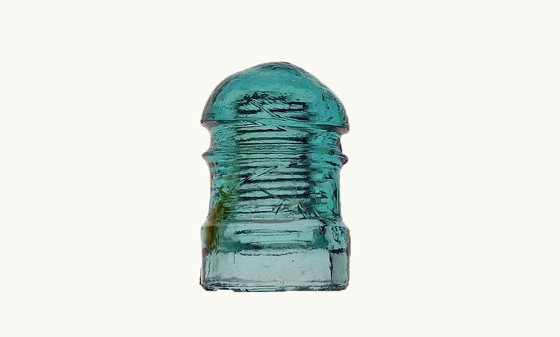
19th-century industrial design: in America glass insulators were used for the purpose of insulating telephone cables and overhead lines
×One example of this is the lamp series 'Light without Darkness', 'In the Right Light' and 'Bright Side of Life'.
The lamps were inspired by a relic of early 19th-century industrial design: in America glass insulators were used for the purpose of insulating telephone cables and overhead lines in the same way as ceramic insulators were used in Europe.
Prototypes of the lamp series 'Light without Darkness', 'In the Right Light' and 'Bright Side of Life' in an exhibition of Partners & Spade in New York
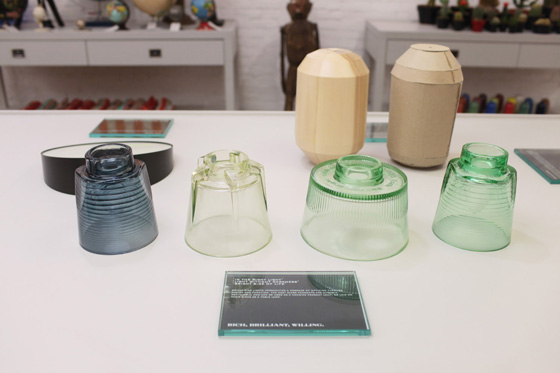
Prototypes of the lamp series 'Light without Darkness', 'In the Right Light' and 'Bright Side of Life' in an exhibition of Partners & Spade in New York
×Lamp series 'Light without Darkness', 'In the Right Light' and 'Bright Side of Life'.
The 'Timberly' hall rack is reminiscent of workshop wall, in other words a wooden or perforated metal plate with nails stuck in it for the purpose of hanging up tools in an orderly way and within easy reach. The nails have been replaced by pegs which look like precision instruments, an interesting reversal because the tools have been turned into their own placeholders.
'Timberly' hall rack with pegs which look like precision instruments
One-inch structural parts served as the starting point for the body of the "Channel Lamp". This concept once more emphasises the design trio's credo of using standard industrial components to create an original and sophisticated object.
One-inch structural parts served as the starting point for the body of the "Channel Lamp"
One could almost say that Rich Brilliant Willing have developed 'arte povera' into a design concept which uses precision-tooled standard industrial parts instead of simple materials – but this is contradicted by the name of their brand. Arte Povera goes Rich.




